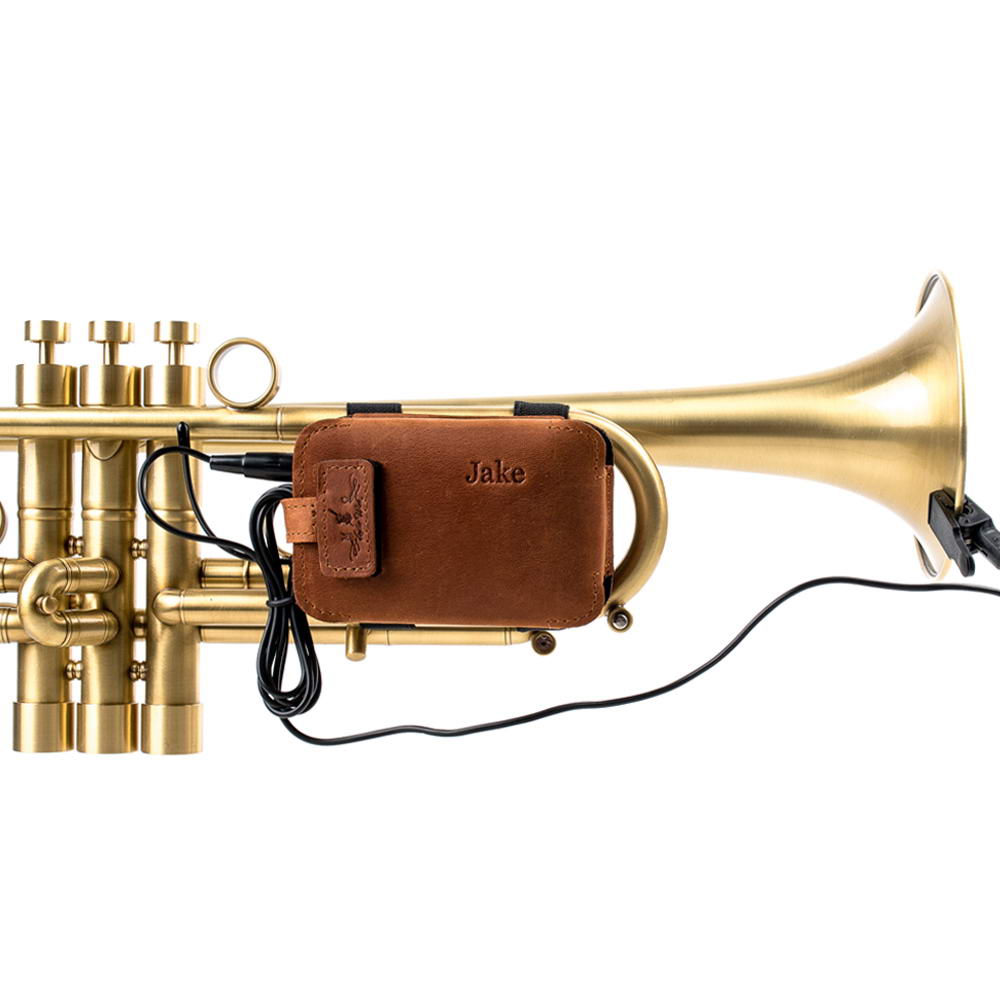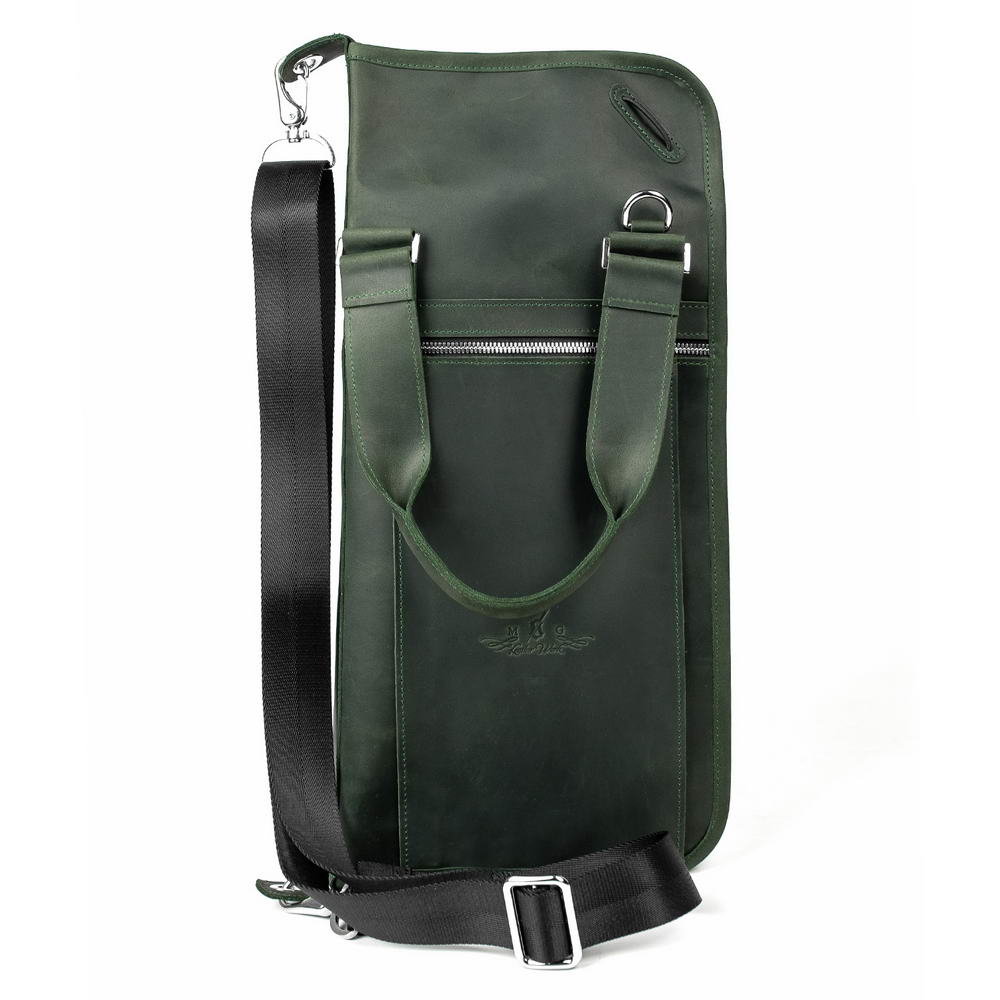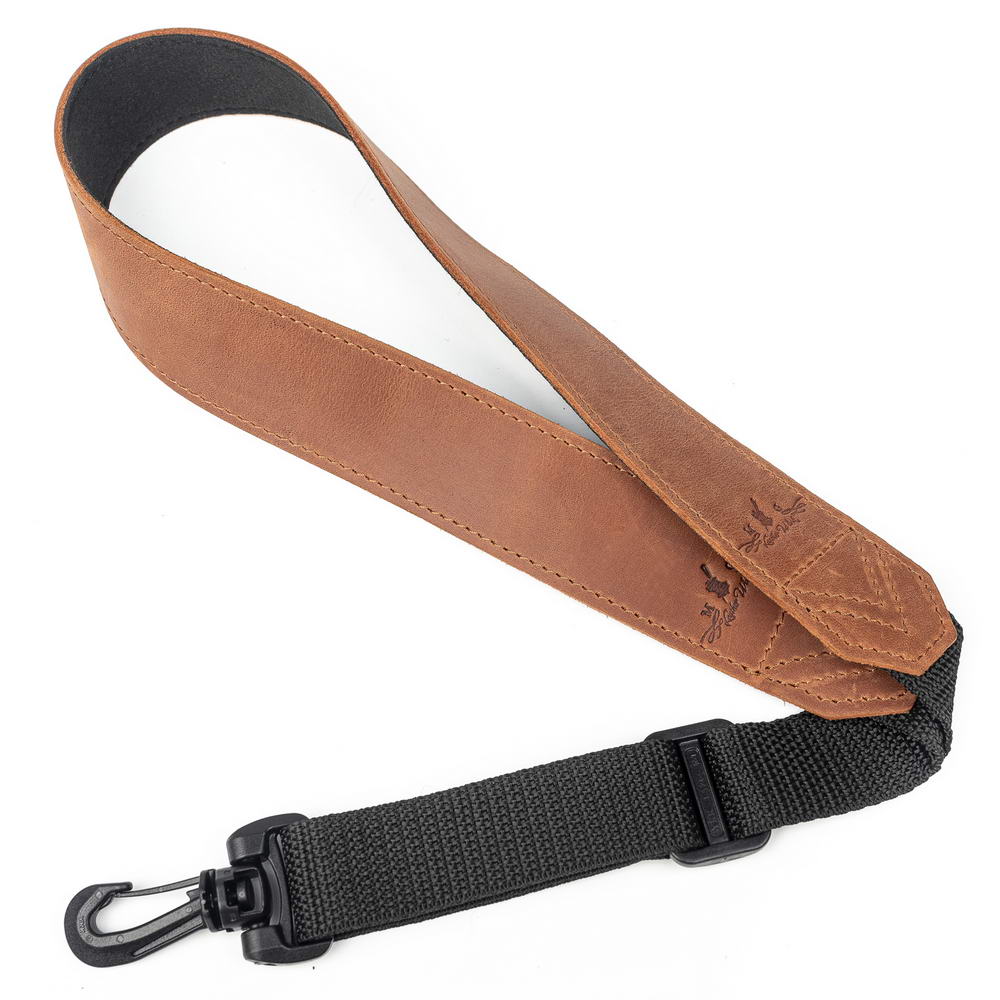
Tips on Improving Your Saxophone Tone and Intonation

Would you like to get a better saxophone tone with improved intonation? First, you should ensure you’re not doing anything wrong. In this article, we offer a list of five mistakes that beginner saxophonists make and tips on avoiding them. Let’s begin!
Taking Your Mouthpiece in the Mouth the Wrong Way
Bad sound is often the result of taking the wrong amount of the mouthpiece in your mouth. When taking too little of your mouthpiece, you get a very small sound compared to the feeling like your sax is whining or dying. And that is how most beginner saxophonists sound when they play their first scale. When you take too much of your mouthpiece, you will face the opposite problem: your reed vibrates too much and you can’t control it, which results in harsh and bad sound as well.
Solution: If you look at your saxophone mouthpiece from the side with one eye closed, you will notice a little gap between your reed and the mouthpiece. This gap is called a tip opening and this is exactly the point where you want to place your embouchure on the mouthpiece. Your bottom lip needs to go right to the area where the reed hits the mouthpiece, while your top teeth rest on top of the mouthpiece. This position provides the correct amount of the mouthpiece taken in the mouth and results in a good sound.

Excessive Pressure
This mistake is somehow connected with the standard embouchure where the musician rolls the bottom lip over the teeth. This position can cause pinching and squeaking, which results in sharp intonation.
Solution: Work on your embouchure. Try to slightly roll out a bottom lip to help the reed vibrate more freely. In this position the sound becomes more open and makes it harder to pinch. You can also play a lot of low B flat. This will help you get a more relaxed embouchure, engaging your tongue and throat.

Starting with Wooden Reeds
Some musicians advise using synthetic reeds if you’re a beginner saxophonist, as they are more consistent. You get your box and every piece from it sounds well, while with cane reeds you will likely find only two or three that sound good, then a few that sound okay, and the rest don’t play well at all. Very often it’s difficult to find a reason why your sound isn’t good and whether it depends on the reed or your skills.
Solution: As a beginner, start with using synthetic reeds instead of cane reeds. It will make your life easier during the first steps and then you can always move to wooden reeds.

Starting with Harder Reeds
The reeds of 3-3.5 strength can result in bad sound and unnecessary strain as they are difficult to play for beginners.
Solution: It’s better for beginners to start with a soft reed of 2-2.5. Moreover, as you refine your skills you don’t need to move to the reeds of increased strength, because lower-strength reeds are not only for beginners.

Trying to Make a Sound with A Dry Reed
The reed needs to be wet to vibrate freely and make a sound. This will help you get the best sound and ease your playing. If you use a synthetic reed you don’t need to care about it, however with a cane reed you need to get it soaked first. The moisture acts like a glue, helping the reed stick to the mouthpiece. Wet reed creates an airtight seal that is essential for a good sound.
Solution: Place the thin end of the reed in your mouth for 5 or 10 seconds. Turn it around and wet the flat part quickly. Do it before each practice.

Separating Notes with Air
This is a common issue of both beginners and intermediate-level students. When you play a note several times you need to separate it. If you don’t use the tongue, you get a long continuous note. What beginners do is separating notes using air, when they give each note its own puff of air.
Solution: Your tongue should come up and hit the reed, closing it so the air stops going. This is the correct way of separating notes from each other.
Holding Your Sax Too Tightly
You need a really free position of your fingers allowing them to move up and down. You don’t have to grip your sax too tightly and press keys too hard, as it can lead to wrist tension and pain. Moreover, it makes your instrument sound unclean and unsmooth. This issue of pressing keys too hard is common for musicians with big hands, as they do it automatically. Also, mind that the further your fingers go from the keys, the sloppier sound you get.
Solution: Make your touch light with no tension, allowing for free movement of your fingers. You should also keep your fingers close to the keys and don’t let them wave around. Keep your wrists flat, don't curve them.

Never Learning Anything By Ear
While the guitarists have the best ears and learn most of their stuff by ear, saxophonists similar to other woodwind musicians rely too much on sheet music. Then one day they may find themselves in a situation when they are asked to play something at the party but they can’t do it without the sheet music.
Solution: Next time when you hear something you really like, try to recreate it by ear before searching for the sheet music on the Internet.
Never Practicing with a Metronome
Some musicians ignore it because of laziness, while the others are sure that their timing is fine. However practicing with a metronome always helps you become better at playing your sax. And one more reason to do it is that your listeners who are not musicians themselves will immediately notice if you slow down or speed up at wrong places as it ruins the emotion of the song.
Solution: Use the metronome when you’re practicing. You can download one of thousands applications on your phone or you can google it on the internet and use it for free. If you feel bored with clicking at each beat, set the metronome to click on beats two and four.

Practicing Mistakes
Beginner musicians are all guilty of feeling frustrated when something doesn’t work out and they speed up and make even bigger mistakes that leads to greater frustration. Literally you get stuck in the snowball effect and end up with a bad muscle memory, which isn’t easy to fix.
Solution: If you feel that you are struggling with something, just stop and relax. Take a small break and start again at a slower tempo. Don’t move on to faster tempos until you’ve played the passage perfectly at a slower tempo at least three times in a row.

Neglecting Warm-Ups
You should start liking exercises! Playing a sax requires your muscles working. Similar to the athlete who can’t wake up and immediately run a marathon, you can’t pick up the instrument and play it perfectly. You should start your practicing routine with warm-ups.
Solution: Do stretches for your jaw, shoulder, hands, and fingers to prepare your muscles for work. Do sound exercises such as playing long tones or choose the scale and play it in intervals of thirds. Once you feel comfortable with thirds, move to fourths, fifths, and later arpeggios. Build your own warm-up routine and be consistent with it. It doesn't need to last for hours. It’s enough to have 10-20 minutes of warm-ups to prepare yourself. You will soon notice that your tone improves.
Conclusion
This was our list of common mistakes that beginner and intermediate saxophonists may make and that can affect their sound a lot, no matter if they play a budget-friendly or an expensive model of the instrument. Fortunately, all these drawbacks can be fixed in the process, however you should be honest with yourself and give yourself time for improvement. Don’t rush and don’t move to other stuff until you’ve refined your basic skills. With consistent practice, correct embouchure, mouthpiece placement, and saxophone position you will become better and better.
Are you going to buy your first sax? Check out our Tips on Choosing a Saxophone.
You can explore our range of WOODWIND accessories on our website. If you want to save cost, check out our SPECIAL OFFER.



 https://mgleatherwork.com/pages/about-us
https://mgleatherwork.com/pages/about-us





Leave a comment
This site is protected by hCaptcha and the hCaptcha Privacy Policy and Terms of Service apply.